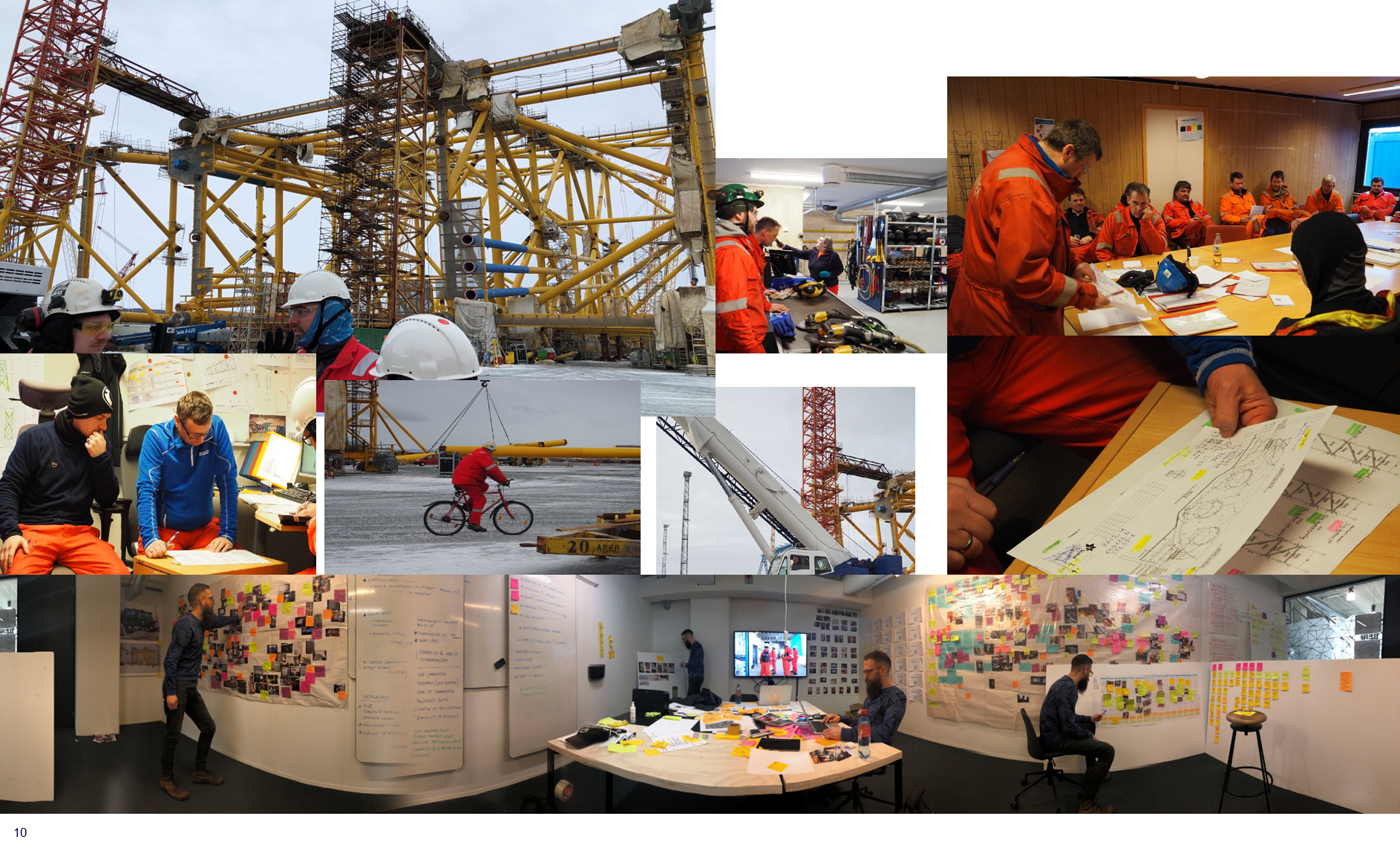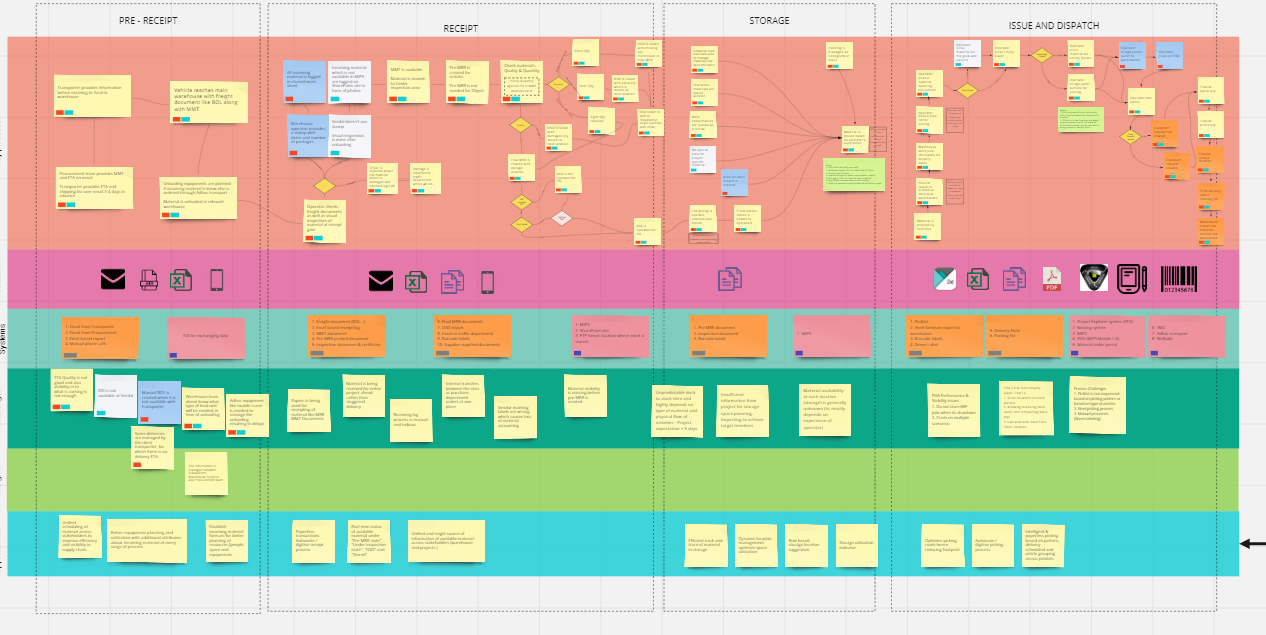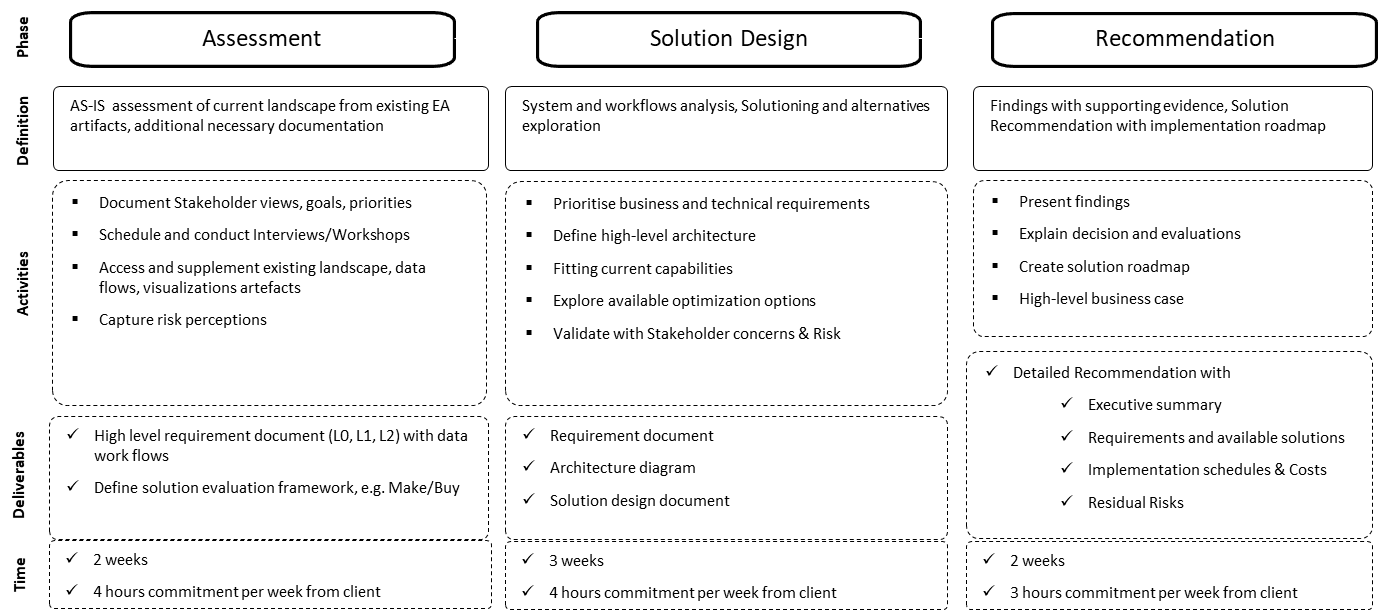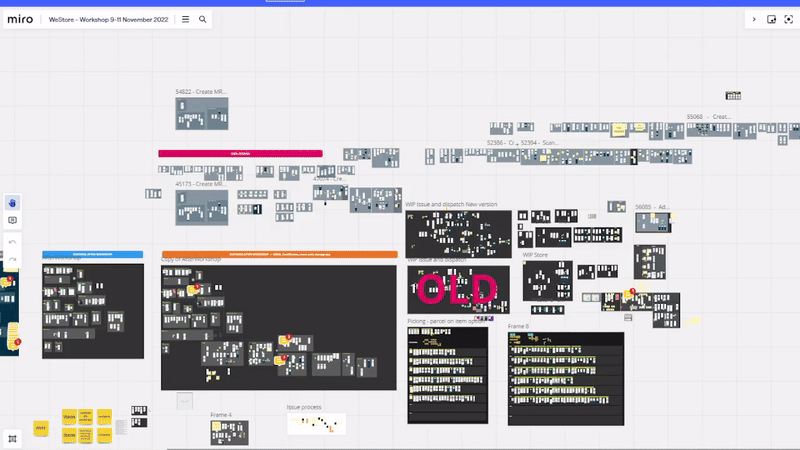Transforming Warehouse and Logistics: A project in the Oil & Gas EPC Sector
- Baran Oguz
- Strategy & Digitalization
- 04 Mar, 2024
Introduction
In the highly competitive Oil & Gas Engineering, Procurement, and Construction (EPC) industry, operational efficiency is key to maintaining an edge. This project delves into a transformative project undertaken for a leading EPC company, focusing on enhancing their warehouse and logistics operations. Faced with a range of inefficiencies, particularly in manual processes, the project aimed to streamline operations, enhance communication and collaboration, and ultimately, drive cost efficiencies. The video above is the first part of the project.
Our Solution
Building on insights from the pre-study, we developed a new mobile work management model designed to:
- Optimize Daily Personnel Interaction: Streamlining communication and collaboration between foremen and operators.
- Reduce Redundant Activities and Data Entry: Utilizing core mobility features of the platform to minimize unnecessary tasks.
- Holistic Functional and Technical Design: Ensuring the solution was integrated, scalable, and aligned with end-to-end operational needs.
Why Did We Succeed? Shaping the Solution Collaboratively
The success of this project can be attributed to several key factors:
- Following a Day in the Life of Yard Workers: By closely observing and understanding the daily routines of the yard workers, we ensured that the solution was grounded in real-world use.
- Collaborative Approach: Shaping the solution together with the yard workers fostered buy-in and ensured that the end product met their actual needs.
- Starting Small and Scaling Up: This approach allowed for manageable implementation, testing, and refinement before wider deployment.

Let's dive into the project steps now. We'll walk through each stage, giving you a behind-the-scenes look at how we put everything together. From our initial ideas to the final touches, you'll see how each step plays a crucial role in bringing our project to life.
1. Identifying the Need for Change
The project began with a clear recognition of the challenges faced in the existing warehouse and logistics operations. The primary issues included:
- Inefficient manual processes resulting in time and resource wastage.
- Poor communication and partnership between foremen and operators.
- Lack of control and predictability, hindering proactive management.
- Excessive time spent on administrative tasks and paperwork.
- Inadequate understanding of task durations and opportunities for time-saving.
- A pressing need for cost control and operational efficiencies.

2. Pre-Study: Assessing the Current State
The initial phase, led by myself and a team of experts, involved conducting a comprehensive pre-study to understand the current state of operations. This involved:
- Interviews and Workshops: Engaging with foremen, operators, and other stakeholders to gather insights into daily challenges and inefficiencies.
- Analysis and Brainstorming: Analyzing the collected data to identify key problem areas and brainstorming potential solutions.
- Mapping the 'As-Is' State: Mapping out the current workflow and processes to establish a baseline for improvement.
- Drawing the Future State: This stage was crucial in setting the groundwork for the transformation, enabling us to visualize the future state and the pathway to achieving it.

3. Scaling Up and Project Planning
Post pre-study, the project shifted gears towards scaling up. This phase involved:
- Detailed Project Roadmap: Outlining the steps, timelines, and resources required for full-scale implementation.
- In-Depth Analysis and Team Formation: Further analyzing the operational needs and assembling a dedicated team for execution.
- Engaging Subject Matter Experts (SMEs): Collaborating with SMEs to refine the project scope and approach.
This phase of the project is characterized by extensive travel to various client locations. During these visits, our team engages in a series of in-depth interviews and interactive workshops with key stakeholders. These sessions are crucial for gathering valuable insights and understanding the unique challenges faced by the client. Additionally, this stage involves meticulous planning and strategy development, tailored to address the specific needs and objectives identified through our on-site interactions. This hands-on approach ensures that we can deliver solutions that are both practical and impactful, aligning closely with the client's goals and expectations. Please watch the video below, which showcases one of our trips to the client in this stage.
4. Development and Delivery
As the project leader during the development phase, my role was pivotal in:
- Ensuring Agile Development: Adopting an agile methodology to maintain flexibility and adaptability throughout the development process.
- Liaison Between Stakeholders and Development Team: Facilitating communication and understanding between the client and the development team.
- Monitoring Project Progress: Regularly assessing the progress and aligning it with the project goals and client expectations.

Conclusion
This transformative project not only revolutionized warehouse and logistics operations for the EPC company but also set a benchmark for efficiency and innovation in the industry. By adopting a user-centric approach, leveraging technology, and fostering collaboration, the project successfully delivered a solution that enhanced operational efficiency, reduced costs, and streamlined processes. My leadership and involvement at every stage of the project were instrumental in navigating the complexities and ensuring its success.
Reflections and Learnings
Leading this transformational project was an enriching experience that honed my skills in project management, stakeholder engagement, and strategic planning. The success of this project underscores the importance of understanding end-user needs, the power of collaboration, and the efficacy of agile methodologies in project execution. This journey has not only been a testament to my professional growth but also a valuable contribution to the field of operational efficiency in the Oil & Gas EPC sector.
